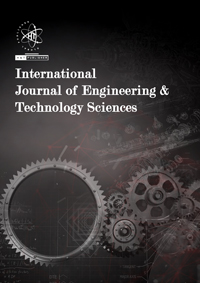


Authors
This work analyzes the impact, applications, and potential of 3D printing in construction, highlighting its ability to transform traditional methods through technical innovation and sustainability. Technologies such as Contour Crafting, D-Shape, and Concrete Printing have proven to be key tools by enabling the elimination of formworks, reducing costs and execution times, and minimizing waste, thus optimizing resources. Applications in social housing projects, infrastructures, and complex architectural elements are explored, using specialized concrete mixes and recycled materials that favor sustainability. Practical cases in Mexico and Lima show significant cost and time reductions, while advances in parametric design and structural simulations optimize construction efficiency and customization. However, challenges such as high initial costs, material limitations, the need for specific regulations, and technical training remain. Despite these barriers, 3D printing emerges as a viable solution for more efficient, sustainable, and adaptive construction, offering customization, resource optimization, and reduced environmental impact, establishing itself as an essential tool for the future of architecture and engineering.